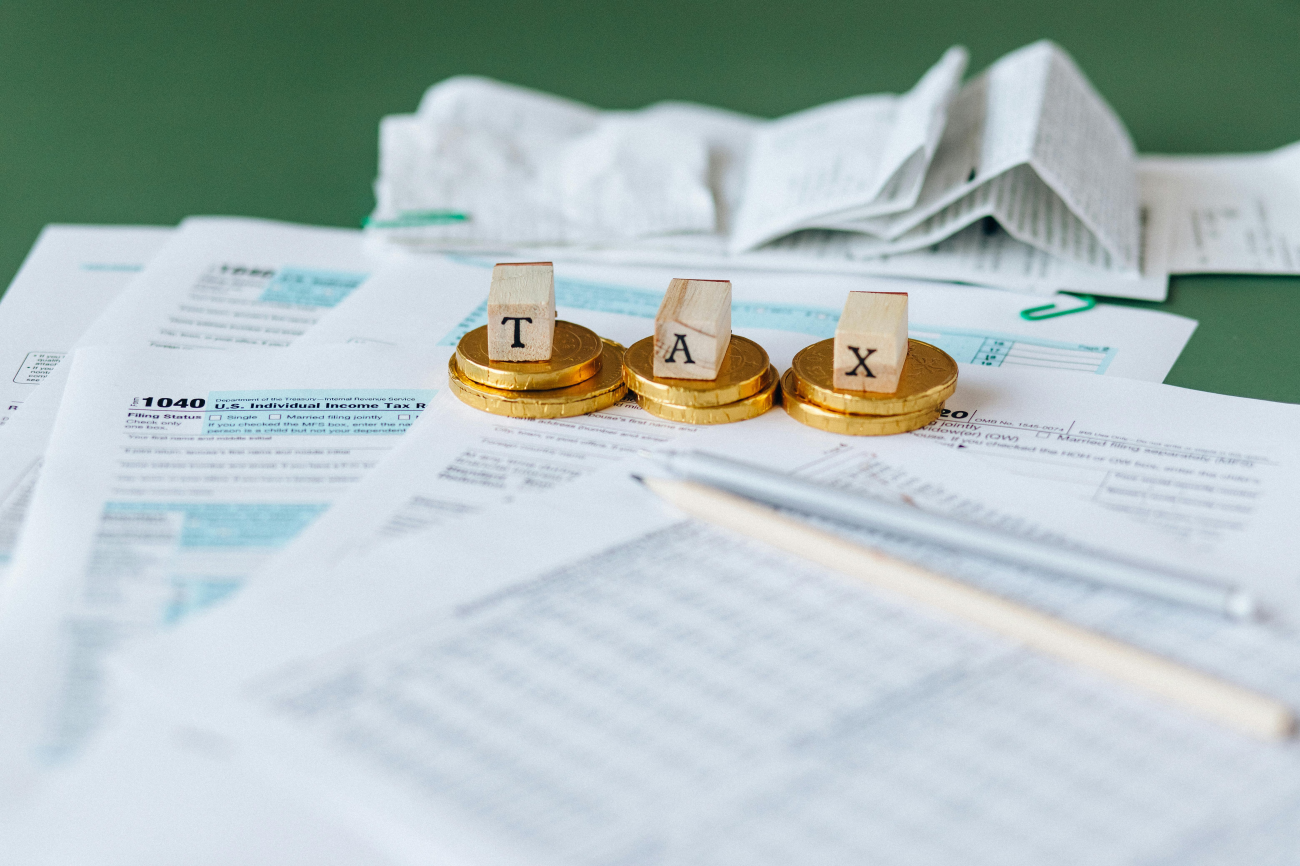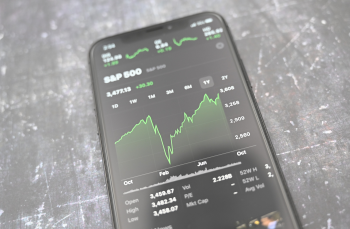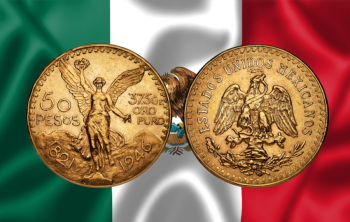
1. Assets Covered
According to available documents (draft legislation, ministerial comments, legal analyses), the solidarity contribution will apply to capital gains resulting from the sale of:
- Listed and unlisted shares
- Bonds
- Investment fund units (including ETFs)
- Derivative instruments
- Life insurance contracts (branches 21, 23, 26)
- Crypto-assets
- Foreign currencies
- Physical gold
The notion of physical gold explicitly includes gold bullion and investment-grade coins compliant with the European VAT Directive (e.g., Napoleons, Krugerrands, Maple Leafs).
2. Status of Silver, Platinum, and Other Precious Metals: Pending Clarification
At this stage, silver, platinum, and other precious metals have not been explicitly mentioned in the preliminary legislative texts. Their inclusion or exclusion remains unconfirmed. It is possible they will be treated similarly to gold for fairness and consistency, but this will require further administrative clarification.
3. Jewellery: Unclear Tax Treatment
Jewellery, even when made of gold or other precious metals, is not currently listed among the taxable asset classes. However, the boundary between a personal-use item and a financial asset may be blurred. If jewellery is sold at a significant gain, it may — depending on the circumstances — be treated as a taxable patrimonial operation. As of today, no official guidance has been issued on how profits from the sale of jewellery will be taxed.
4. Effective Date and No Retroactive Effect
The tax regime will apply only to capital gains accrued after January 1, 2026.
For assets acquired before this date, taxpayers will have until December 31, 2030 to choose between:
- the actual acquisition price (if higher than the market value on 31/12/2025);
- or the market value as of December 31, 2025, which becomes the default base.
After this deadline, or without sufficient documentation, the December 31, 2025 market value will automatically be used as the reference purchase price.
5. Capital Gains Calculation
Capital gain is defined as the difference between the sale price and the acquisition price, as established under the above rules. Transaction costs and taxes (e.g., stock market tax) are not deductible.
Taxation applies only at the time of sale.
Examples:
- Purchase in 2020: €50,000 – Value on 31/12/2025: €100,000 – Sale in 2026: €110,000
→ Taxable capital gain: €10,000 - Purchase in 2020: €50,000 – Value on 31/12/2025: €40,000 – Sale in 2026: €45,000
→ No taxable gain (sale below original purchase price)
6. Tax Rate and Exemption
- Flat rate: 10% on net annual capital gains
- Annual personal exemption: €10,000 per person
- This exemption can be carried forward for up to 5 years, capped at €15,000
- For married couples under a community regime, exemptions are cumulative
- Not cumulative for legally cohabiting partners or in the case of separate property regimes
7. Losses: Conditions and Limits
- Losses can only offset gains realized in the same tax year
- No carry-forward of losses to future years
- Losses incurred before 2026 are excluded
Loss deduction is only possible through manual declaration by the taxpayer. There will be no automatic application by financial institutions.
8. Declaration and Withholding
- Belgian financial institutions will be required to withhold the tax at source, unless the investor chooses the “opt-out” system, in which case they must declare capital gains in their annual tax return.
- Assets outside the Belgian banking system (e.g., physical gold, crypto-assets, foreign accounts) must always be declared manually by the taxpayer.
9. Gifts and Inheritances
- Inheritances: No capital gains tax is due at the time of death. The acquisition value of the assets is stepped up to the value on the date of death, with tax only due on future gains. Inheritance tax remains applicable.
- Gifts: No automatic revaluation. The recipient retains the original acquisition value of the donor. The fiscal reference date is no earlier than December 31, 2025.
Therefore, proper documentation of asset values as of 31/12/2025 is crucial, even if the donation takes place later.
10. Open Questions as of Today
Several important points remain to be clarified:
- Will silver, platinum and other precious metals be included?
- How will jewellery be treated: personal belongings or taxable assets?
- What documentation will be accepted as sufficient proof of acquisition price?
- How will transactions carried out abroad or via non-Belgian platforms be treated?
- Will certified appraisers be required for valuation?
- Will all forms of physical gold be taxed? What about bullion vs. investment coins vs. collector’s items?
This new regime represents a significant shift in Belgium’s tax landscape.
While the general structure is now known, many details remain unresolved. Legislative and administrative updates are expected in the coming months — particularly with respect to non-listed tangible assets.
Gold & Forex International is closely monitoring the development of this legislation and will continue to inform its clients as official texts and clarifications become available.




